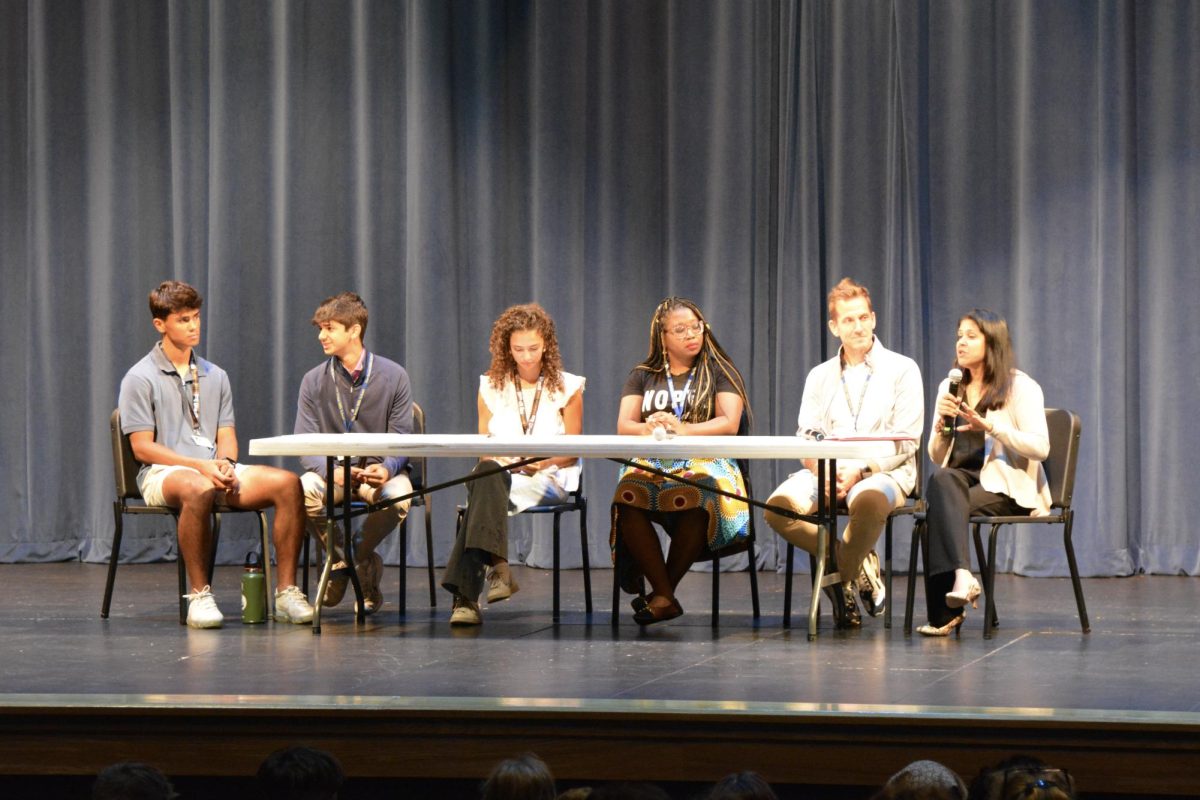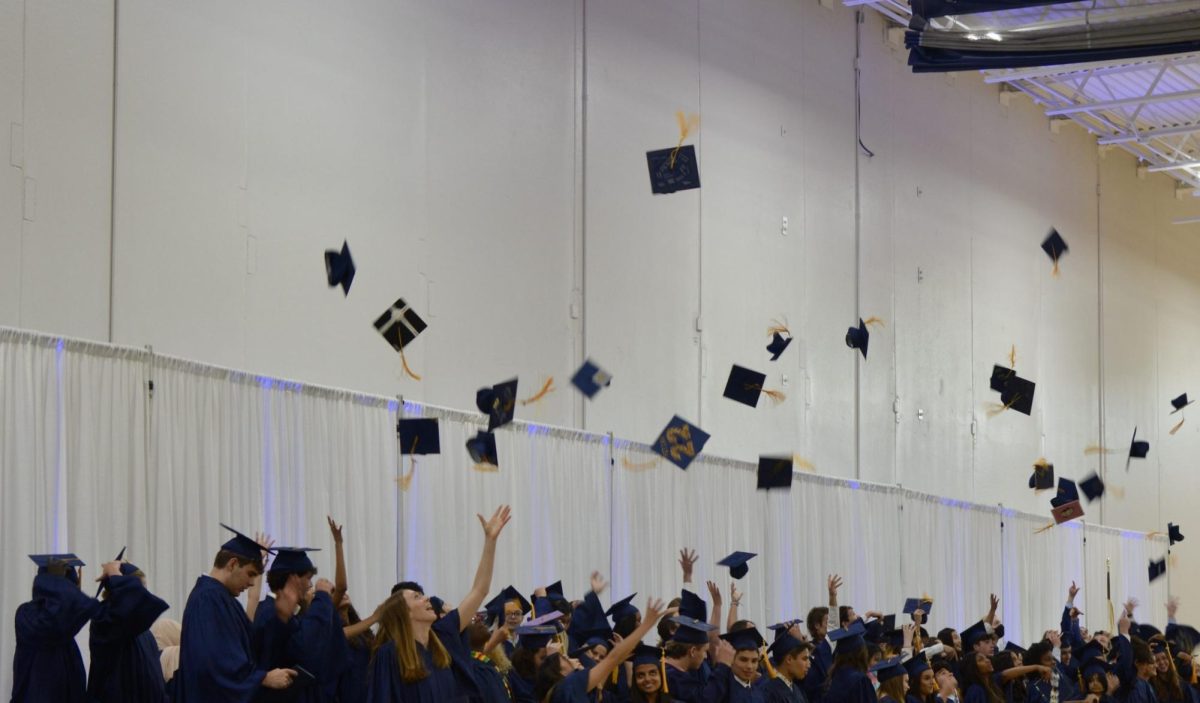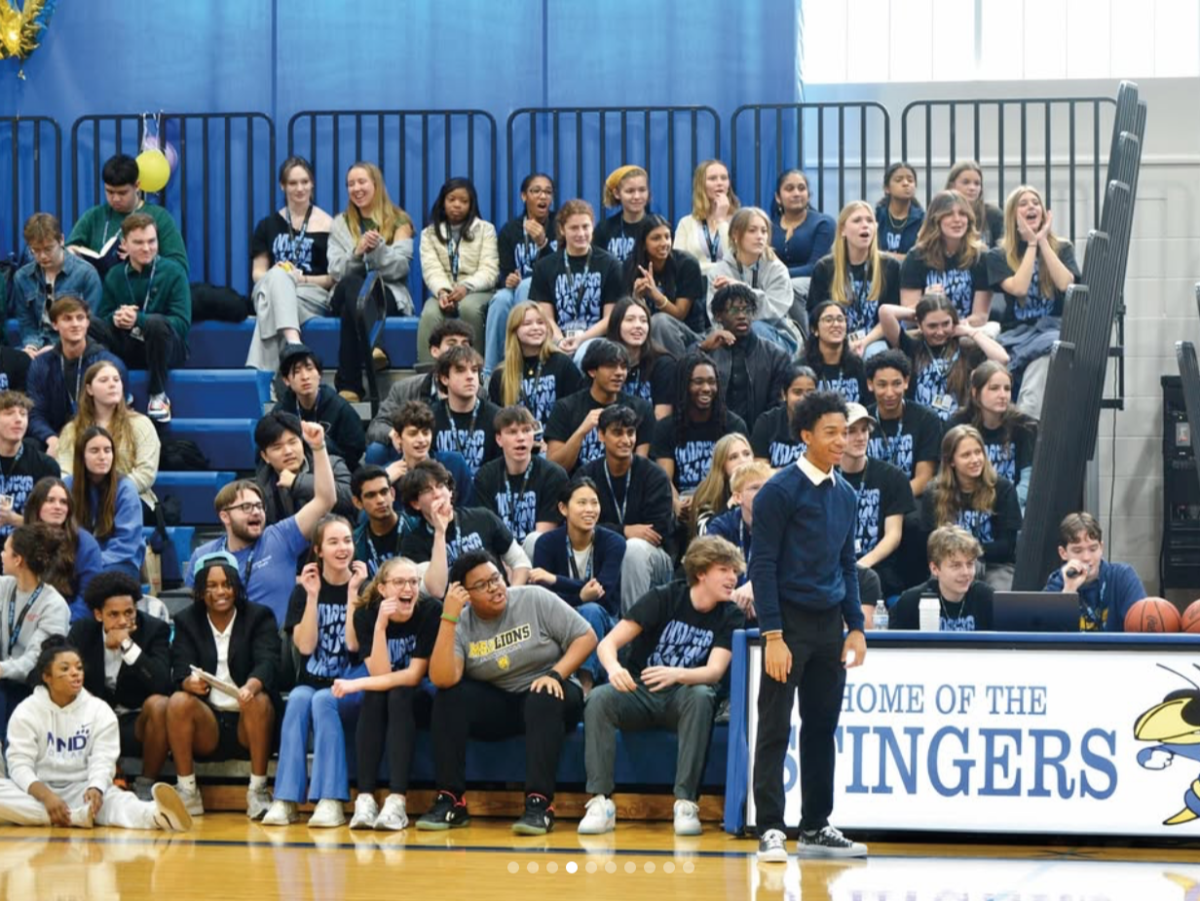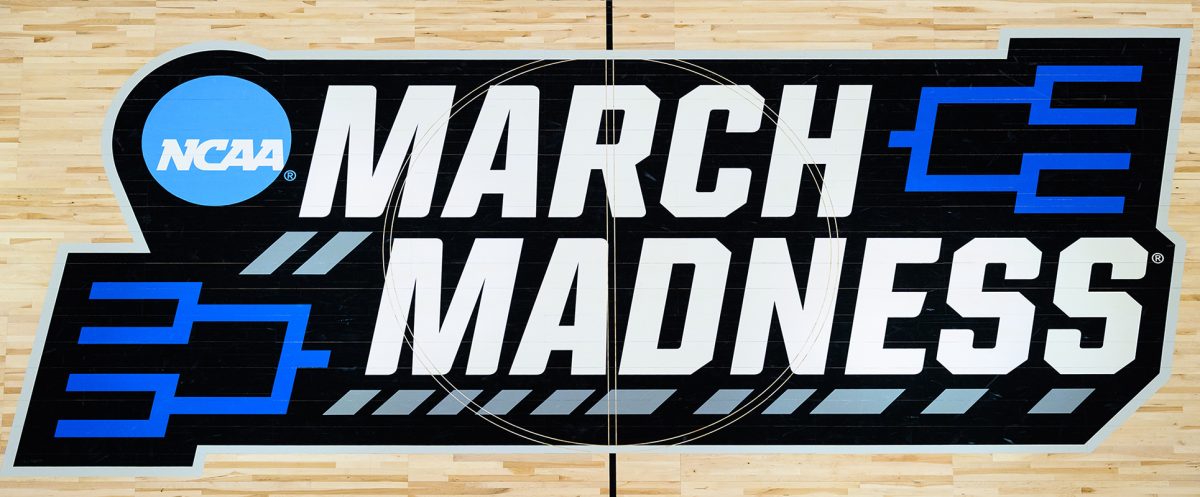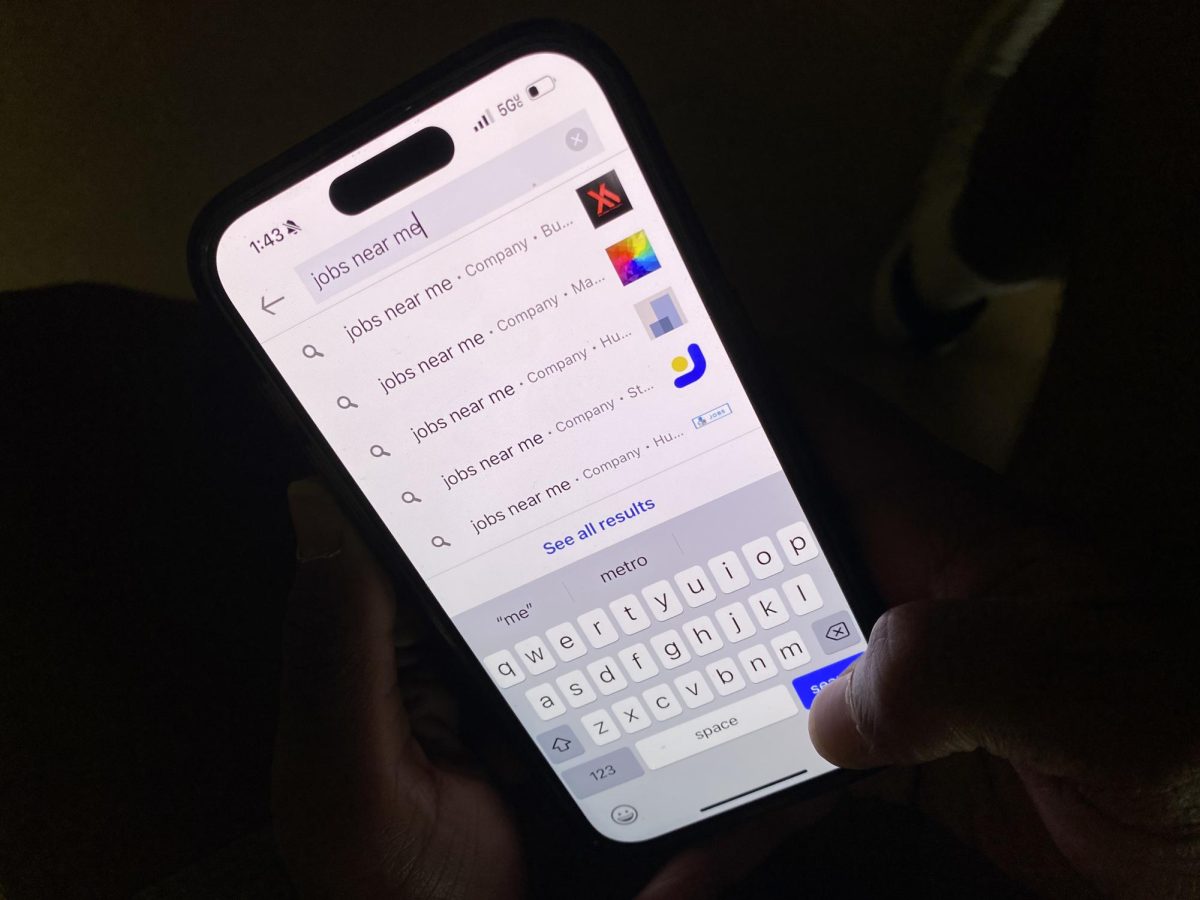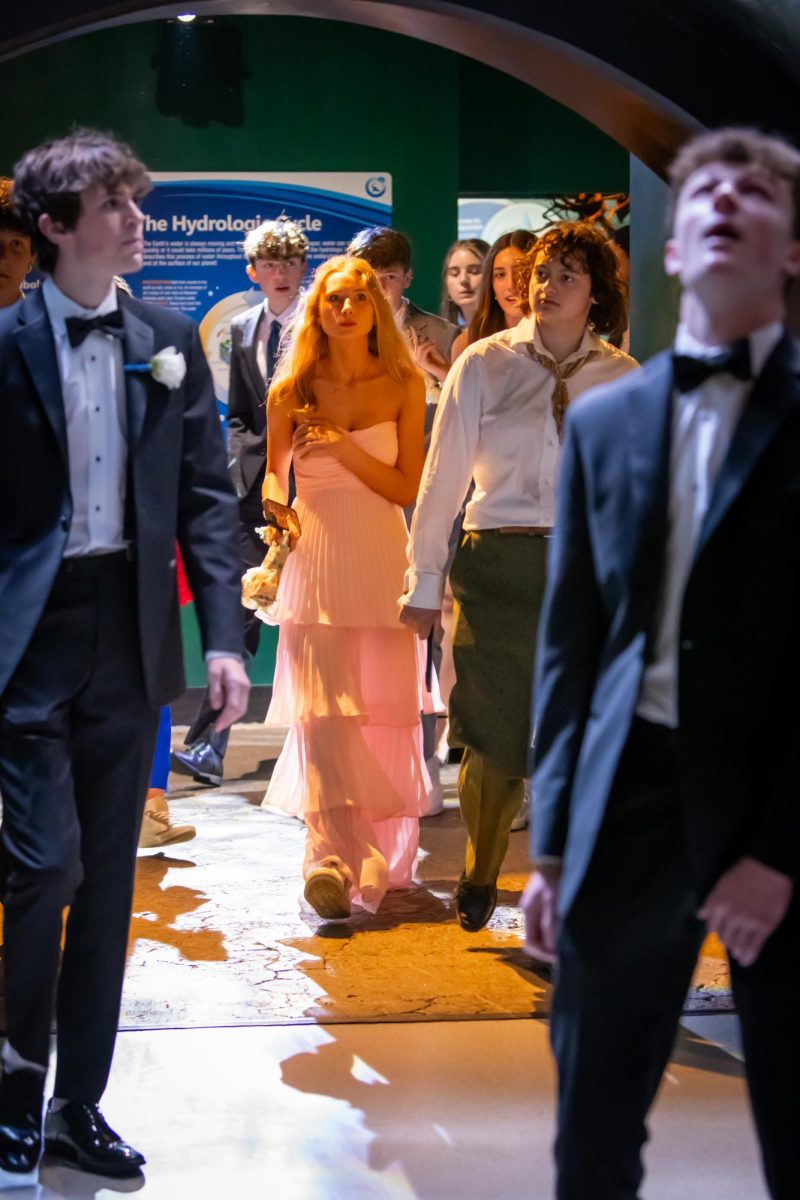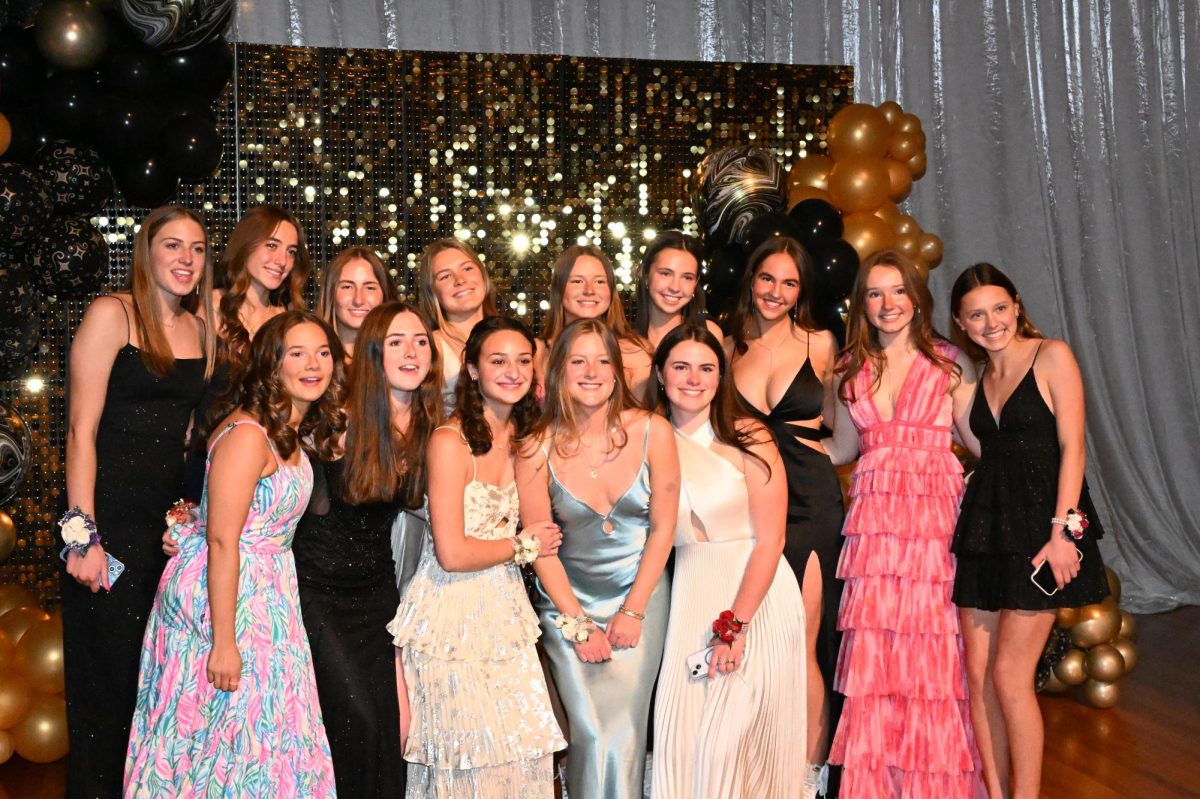Time is something that people think about all of the time. “I’m running late!” “I’m just on time!” “3 hours left!” But the way people visualize time is never talked about.
Junior Gitu Iyer likes to see the time “Analog,” Iyer said. “I just like how it looks.” When asked how she gets the time from what she sees, like if she sees time as a circle or a number, Iyer said, “I just see the time.” This is different from someone who sees time digitally, who has to “translate” the time on a circle into numbers to understand it. But, a person who sees time on an analog clock simply sees time as a circle, and doesn’t have to translate the clock face into numbers; they simply know the time.
Time isn’t only seen in hours and minutes but in months and weeks. When asked, Gitu said, “Months are in a circle… [weeks are] in a circle.” This is interesting, as she sees the date in the same way she sees the time, in a circle. When asked how or if she was taught to see time, she said, “I don’t know if I’ve been taught.” The other interviewee said they weren’t taught as well, leading to the idea that time is not taught, but people just know it.
The next person interviewed was freshman Mica Crain. They prefer reading time digitally, as opposed to Gitu. Mica said they view time as a number, not as a circle like Gitu, which aligns with their digital preference. This means that when they see an analog clock, they must look at the clock, figure out what numbers the hands are pointing at, and then they can understand the time.
When asked how they visualize the date, Mica said, “Just like January, February. In text.” Like Gitu, their way of visualizing the date aligns with the way they visualize the time. Again, pointing to a link between the visualization of the two. Mica also said that they were never taught how to see time, as said earlier.
Seeing time in either way has pros and cons. Seeing time digitally means translating time seen on an analog clock into digital time, versus just seeing the clock face and understanding the time. People who see time on an analog clock can also see time easily on a digital clock. The only pro to reading digital time is that a digital clock can be smaller than an analog clock, and more versatile as it has no moving parts.
An interesting thing about these two students is that they both visualized time and date similarly. While Gitu visualized time and date in shapes, Mica visualized it in plain text. There are two kinds of students at Seven Hills when it comes to seeing time: A spatial thinker, who sees time in shapes, and a language-based thinker, who sees time and date as it’s spoken.

